UN warns of further ‘atrocities’ in Myanmar
The UN human rights chief said Sunday he is “deeply alarmed” by a resurgence of violence in Myanmar’s Rakhine state and warned of further “atrocities”.
Clashes have rocked Rakhine since the Arakan Army (AA) attacked security forces in November, ending a ceasefire that had largely held since the 2021 military coup.
“I am deeply alarmed by reports of renewed violence and property destruction in Buthidaung township in Myanmar’s northern Rakhine state, resulting in the displacement of potentially tens of thousands of civilians, mainly Rohingya,” Volker Turk said in a statement.
The UN High Commissioner for Human Rights indicated that the United Nations was seeking to “corroborate information indicating serious violations”.
He added: “With inter-communal tensions between ethnic Rakhine and Rohingya high — and being actively stoked by the military — this is a critical period when the risk of yet further atrocity crimes is particularly acute.”
The AA is one of several armed ethnic-minority groups in Myanmar’s border regions, many of which have battled the military since independence from Britain in 1948 over autonomy and control of lucrative resources.
The AA claims to be fighting for more autonomy for the state’s ethnic Rakhine population.
Fighting had spread to 15 of Rakhine state’s 17 townships since November, Turk said last month.
Hundreds of people have been killed or wounded and more than 300,000 displaced.
Turk made a direct appeal to the Myanmar military and the AA to “pause fighting, protect civilians, allow immediate and unhindered humanitarian access” and to comply “unconditionally” with international law.
He also appealed to neighbouring Bangladesh to extend protection to “vulnerable people seeking safety”.
Clashes between the AA and the military in 2019 roiled the region and displaced around 200,000 people.
The military launched a crackdown on the Rohingya minority there in 2017 which is now the subject of a United Nations genocide court case.

Divide And Conquer: Myanmar Military’s Rohingya Gambit In Rakhine – OpEd
By James Shwe
The Rohingya crisis in Myanmar stands as a grim testament to the military’s longstanding divide-and-rule strategy, a tactic that has proven tragically effective. Throughout Myanmar’s history, the military has exploited ethnic and religious divisions to consolidate power. Myanmar’s diverse ethnic makeup has been a prime target for the military’s divide and rule strategy. By leveraging resource competition and historical resentments, the military perpetuates a cycle of animosity among different groups, weakening the potential for united opposition.
The military in Myanmar has effectively weaponized religion, targeting the majority Buddhist population with propaganda that stokes nationalist sentiments and unites them against perceived external threats. This includes the military’s support for ultra-nationalist monks who propagate hate speech, exacerbating inter-religious tensions and diverting attention from military oppression.
The Rohingya crisis illustrates the military’s skillful manipulation of religious divisions. In 2017, the military launched a severe crackdown on the Rohingya, a Muslim ethnic minority in Rakhine State, causing hundreds of thousands to flee to Bangladesh where they continue to live in dire refugee camps. This brutal action drew international condemnation but simultaneously advanced the military’s objectives by undermining the civilian government of Aung San Suu Kyi, sidelining democratic reforms, and reinforcing the military’s hold on power.
Historically, the persecution of the Rohingyas can be traced back to the regime of Ne Win in the late 1970s, marked by the initial exodus of refugees from Arakan/Rakhine State to Bangladesh. Subsequent large-scale refugee influxes occurred in the 1990s and early 2010s, documented extensively at the UN level and in other authoritative records.
Furthermore, the military’s divisive tactics extend to other ethnic and religious groups. A notable example is the split within the Karen resistance between the Christian Karen National Union (KNU) and the Buddhist Democratic Karen Buddhist Army (DKBA), showcasing the military’s adeptness at exploiting religious differences to foster internal divisions.
The Rohingya Card: A Divide-and-Rule Tactic Against the AA
Currently, as the Arakan Army (AA) threatens its hold, the junta is once again cynically exploiting the Rohingya crisis to undermine its adversaries. Disturbingly, there are reports of the military coercing Rohingya into pro-junta rallies and arming groups like the Arakan Rohingya Salvation Army (ARSA) to incite conflicts with the AA. This tactic aims to internationally discredit the AA and block any potential alliance with the Rohingya. Moreover, it’s reported that hundreds from ARSA and the Rohingya Solidarity Organization (RSO), including some from across the border in Bangladesh, are enlisting with the junta forces. These actions are a deliberate attempt by the military to fracture regional ethnic alliances and maintain control by fueling discord. The international community must recognize these maneuvers for what they are: dangerous games that risk further estranging the Arakanese from the Rohingya and place the already vulnerable Rohingya in even greater danger.
Swedish journalist, author, and Myanmar expert Bertil Lintner expressed to The Irrawaddy that the international community is “obsessed” with the Rohingya issue. He warned that if the AA were to harm any Rohingya, even those armed by the military, it could tarnish the global perception of the AA. Lintner noted that the general public is largely unaware of the military’s arming of the Rohingya and highlighted the junta’s use of divide-and-rule tactics in Rakhine to provoke communal clashes, thereby justifying its intervention to “restore order” and “communal harmony.”
An analyst speaking with The Irrawaddy suggested that the military junta’s strategy might be ineffective, as the majority of the Rohingya across the state place their trust in the Arakan Army (AA). However, the junta is strategically deploying Rohingya recruits from Maungdaw and Buthidaung townships—areas where the AA has yet to secure the trust of the local Muslim community. The recent takeover of Buthidaung by the AA on May 18 has intensified allegations of mistreatment of the Rohingya by the AA, which the group has promptly denied. It is clear that the Rohingya community is enduring significant hardship due to the ongoing conflict, trapped in a war zone where the military junta is likely to implement its scorched earth policy. This strategy involves the destruction of population centers that fall out of their control, aimed at preventing the resistance from setting up civil administrations, thereby exacerbating the suffering of the local population.
Prominent Rohingya rights activist Ro Nay San Lwin stated that the regime is deploying Rohingya conscripts on the front lines to fuel communal hatred. Additionally, U Aung Kyaw Moe, deputy human rights minister of the civilian National Unity Government (NUG), condemned the arson attacks by junta aligned Rohingya militias. He emphasized the need to differentiate between regime collaborators and ordinary civilians within the Rohingya community, cautioning that indiscriminate blame would only escalate the conflict. U Aung Kyaw Moe stressed that the junta’s goal is to incite conflict between two nationalities.
Countering Misinformation and Promoting Reconciliation
The international community must be wary of falling prey to the military’s manipulation. A recent United Nations briefing highlighted the spread of misinformation and hate speech in Rakhine State. It’s crucial to recognize the broader political machinations at play and not view the crisis solely through a humanitarian lens.
Furthermore, portraying the Buddhist Bama majority as solely religious extremists, as some international activists have done, inadvertently deepens divisions and aids the military’s strategy. A more constructive approach would emphasize education about democracy, federalism, and tolerance for all ethnic groups in Myanmar. Most international news reports don’t even bother to clarify that the Rohingya live in Rakhine state which is separated from central Burma by a near impassable mountain range where the majority is ethnic Rakhine or also known as Arakanese. In some areas of Northern Rakhine such as Buthidaung and Maungdaw, the majority is Rohingya by about 85%.
It is essential for all stakeholders—including the Rohingya, the Rohingya advocates, the Arakan Army (AA), the Burmese majority, and other ethnic minorities—to engage in civil, considerate, and truthful communication, particularly on social media platforms. Additionally, it would be beneficial for the AA to officially articulate their policy positions of citizenship and equal rights for the Rohingya to foster transparency and trust among all parties involved.
Since 2021, I have encountered several articles advocating for reconciliation and unity against the common adversary, the military junta. Unfortunately, it’s disheartening that such constructive content receives less circulation internationally compared to negative narratives. Below are two exemplary articles:
“People of Myanmar, Including Rohingya, Unite Against Common Enemy” by Dr. Azeem Ibrahim, published on April 13, 2021, by Arab News.
“Press Release: ARNO requests coordinated efforts to stop hate speech and disinformation”; Jan 5, 2024
Credible sources and institutions have published objective reports and analyses, but they also do not seem to reach the public.
IISS; Competing armed groups pose new threat to Rohingya in Bangladesh; 11 December 2023.
USIP; Rohingya Face Fresh Uncertainty in Myanmar; BY: Jessica Olney; Ali Ahmed; May 8, 2024;
Links to the above articles are included under the references section.
The International Response: Beyond Aid
The passage of the BURMA Act within the 2023 National Defense Authorization Act by the US Congress represents a significant step toward supporting the pro-democracy forces in Myanmar. This legislation aims to bolster democracy, human rights, and federalism by allocating funds for the administrative functions and programs of various entities within Myanmar, including political entities and affiliates associated with Ethnic Armed Organizations and pro-democracy movements. These groups are crucial in the efforts to foster an inclusive and representative democracy in the country. For the BURMA Act to have a meaningful impact, timely and effective implementation is essential.
Calls to simply reduce or withhold aid in response to the crisis are misguided. Such measures punish ordinary citizens caught in the crossfire. Instead, international aid should be strategically used to support initiatives that promote inclusive governance and empower all ethnic groups, including the Rohingya.
Addressing Internal Divisions Within the Rohingya Community
A critical, yet under-discussed challenge lies within the Rohingya community itself. The existence of multiple factions with varying agendas hinders the development of a unified voice. Reconciliation among these factions is essential for presenting a cohesive front in negotiations and ensuring effective implementation of long-term solutions.
The Path Forward: A Focus on Reconciliation and Constructive Engagement
The current environment of misinformation and manipulation does little to foster a viable solution. All parties involved, including the NUG, the AA, and the Rohingya community, must commit to good-faith dialogue and uphold democratic principles.
The recent appointment of a Rohingya human rights minister by the National Unity Government (NUG) is a positive step towards inclusivity. This action should be further supported to create a platform for the Rohingya to participate meaningfully in Myanmar’s political dialogue.
The international community also has a crucial role to play. This can include supporting the NUG’s efforts to establish a more inclusive government and hold the SAC accountable for human rights violations. International aid organizations can prioritize projects that promote inter-communal dialogue and rebuild trust between the Rakhine and Rohingya communities. Additionally, regional organizations like the Association of Southeast Asian Nations (ASEAN) can play a role in facilitating peaceful dialogue and pressuring the Myanmar military to adopt democratic reforms instead of just supporting the status quo.
In conclusion, overcoming the Rohingya crisis requires dismantling the military’s divide-and-rule tactics. A multifaceted approach that includes constructive international support and emphasizes education regarding inclusive governance, and internal reconciliation of the multiple ethnic factions in Burma and within the Rohingya community itself is essential. Only by addressing the root causes of division can Myanmar achieve a stable and democratic future where the rights of all ethnic groups, including the Rohingya, are respected.
References
- Thit, N. (2024, May 14). As It Loses Control of Rakhine, Myanmar Junta Resorts to Stoking Religious Hatred. The Irrawaddy. Retrieved from https://www.irrawaddy.com/opinion/analysis/as-it-loses-control-of-rakhine-myanmar-junta-resorts-to-stoking-religious-hatred.html
- Ni, R. (2024, May 2). Myanmar military using old tactics to ‘incite conflict’ between Rohingya and Rakhine communities, locals warn. Myanmar Now. Retrieved from https://myanmar-now.org/en/news/myanmar-military-using-old-tactics-to-incite-conflict-between-rohingya-and-rakhine-communities-locals-warn/
- (2024, April 25). Real victory in Rakhine State means defeating the Myanmar junta’s divide-and-rule tactics. Myanmar Now. Retrieved from https://myanmar-now.org/en/news/real-victory-in-rakhine-state-means-defeating-the-myanmar-juntas-divide-and-rule-tactics/
- (2024, May 1). Daily Press Briefing by the Office of the Spokesperson for the Secretary-General. United Nations. Retrieved from https://press.un.org/en/2024/db240501.doc.htm
- (2023, October 13). Unraveling the military’s divide and rule strategy. Democratic Voice of Burma. Retrieved from https://english.dvb.no/unraveling-the-militarys-divide-and-rule-strategy/
- Ware, A., & Laoutides, C. (2024, April 24). The Rohingya repatriation myth: why repatriation from Bangladesh to Myanmar is (nigh) impossible. Taylor & Francis Online. Retrieved from https://www.tandfonline.com/doi/full/10.1080/09614524.2024.2338213
- Naing, I. (2024, April 23). Myanmar junta slams US aid plan. VOA. Retrieved from https://www.voanews.com/a/myanmar-junta-slams-us-aid-plan/7581977.html
- Naing, I. (2022, December 16). US Senate Passes Defense Authorization Bill, Including Myanmar Language. VOA. Retrieved from https://www.voanews.com/a/us-senate-passes-defense-authorization-bill-including-myanmar-language/6879009.html
- Ibrahim, A. (2021, April 13). PEOPLE OF MYANMAR, INCLUDING ROHINGYA, UNITE AGAINST COMMON ENEMY. Arab News. Retrieved from https://www.rohingyapost.com/people-of-myanmar-including-rohingya-unite-against-common-enemy
- 10.Satt, M. (2024, May 2). The Arakan Army and Bengali Muslim Community in Arakan. Global Arakan Network. Retrieved from https://www.globalarakannetwork.com/post/the-arakan-army-and-bengali-muslim-community-in-arakan
- 11.(2024, January 5). Press Release: ARNO requests coordinated efforts to stop hate speech and disinformation. ARAKAN ROHINGYA NATIONAL ORGANISATION. Retrieved from https://www.rohingya.org/press-release-arno-requests-coordinated-efforts-to-stop-hate-speech-and-disinformation/
- 12.(2023, December 11). Competing armed groups pose new threat to Rohingya in Bangladesh. IISS. Retrieved from https://myanmar.iiss.org/analysis/rohingya
- 13.Olney, J., & Ahmed, A. (2024, May 8). Rohingya Face Fresh Uncertainty in Myanmar. USIP. Retrieved from https://www.usip.org/publications/2024/05/rohingya-face-fresh-uncertainty-myanmar
- 14.Ratcliffe, R. (2024, May 17). Who are the Rohingya and what is happening in Myanmar? The Guardian. Retrieved from https://www.yahoo.com/news/who-are-the-rohingya-and-what-is-happening-in-myanmar-123456789.html
- 15.As Canada renews strategy for Rohingya crisis, advocates urge rethink | CFJC Today Kamloops

James Shwe is a Burmese American Engineer residing in Los Angeles, California, USA. He was born in Yangon, Myanmar in 1954 and has been residing in the US since 1984. He is a Registered Professional Mechanical Engineer in California. He owns and operates a consulting engineering firm in Los Angeles.
The local population invariably pays the price for financial punishment of the regime.

Whatever the generals lose in one area, they can take somewhere else: Commander-in-Chief of Defence Services Senior General Min Aung Hlaing at a military parade in Naypyidaw last year (Myo Kyaw Soe/Xinhua via Getty Images)
MORTEN B. PEDERSEN
Published 20 May 2024 Myanmar
The decision by Australia in February last year to impose sanctions on 16 members of Myanmar’s ruling junta, as well as two military holding companies, received rare praise from a wide range of Myanmar resistance groups, international activists, and trade unions who had long been dissatisfied with Australia’s Myanmar policy.
A year later, in February this year, when two Myanmar government banks and three private companies supplying jet fuel to the military were added to the sanctions list, there were almost standing applause.
This is symptomatic of a world where many activists see sanctions on the military regime as the primary measure of “good policy”. Unfortunately, the obsession with sanctions draws attention away from other important issues, notably the nature and quality of international aid to the Myanmar people.
Don’t get me wrong. There are strong normative reasons for imposing sanctions on Myanmar’s military rulers. Sanctions signal support for international law and lend weight to the broader policy of ostracising the military regime, which is deeply illegitimate and guilty of mass atrocities. They also provide a measure of symbolic support for the resistance, which has called for sanctions to support their cause.
No Myanmar general is going to be shamed by Western criticism into changing their behaviour or induced by a travel ban to surrender their power and privileges.
With so many people believing that sanctions are simply the right thing to do, not imposing them also have significant reputational costs for Australia.
But as a strategic tool, sanctions are overrated. No Myanmar general is going to be shamed by Western criticism into changing their behaviour or induced by a travel ban to surrender their power and privileges as the resistance demands.
In theory, by targeting the flows of arms and finance to the regime, sanctions may weaken the junta’s military capabilities and help tip the balance of power on the battlefield. But the main sources of military revenue are simply out of reach.
As the de facto government of the rump state of Myanmar, the junta has inherited the state’s money printing press, as well as its sovereign borrowing rights, and the ability to set foreign exchange rates. Moreover, it is skimming hundreds of millions of dollars annually off the drugs trade and other illicit economic activity through a combination of protection payments and official “whitewashing” of private profits of unknown origin.
Sure, sanctions bite. But any pain the military regime feels will invariably be transferred to other groups. Indeed, given the military’s control of key levers of the economy, the term “targeted sanctions” employed by governments such as Australia’s is really a misnomer. Whatever the generals lose in one area, they can take somewhere else.
Anyone who thinks sanctions are the solution should take a closer look at daily life in Myanmar. While the population is suffering from run-amok inflation and shortages of vital goods such as medicine, there are no indications that the junta has had to reduce its arms spending. On the contrary, the number of air strikes on resistance forces and local communities continues to rise month by month.

But if sanctions aren’t the solution, what is?
To answer that question, we need to take step back and look at what is happening on the ground in Myanmar. With the military suffering defeat after defeat on the battlefield and gradually retreating from large parts of the country, resistance groups have started building parallel state structures and providing public services in “liberated areas” outside of central state control.
Across Myanmar, new political authorities are claiming jurisdiction to govern significant territories and populations. They are establishing new government institutions; pronouncing better laws and policies; and providing security, health, and education for millions of people. While much of this is still rudimentary, they are effectively building mini states.
At the grassroots level, thousands of community-based organisations are delivering humanitarian assistance to conflict-affected populations, while local communities are building their own roads and schools, and hiring their own teachers and nurses.
This fragmentation of authority may seem confusing – and even threatening – to many outsiders who see it as a symptom of state failure. But it can also be viewed as the basis for a new kind of state, better suited to unifying and serving Myanmar’s diverse ethnic communities who have suffered greatly from decades of overcentralisation and continuous civil war.
When asked, senior Australian government officials invariably say their primary goal in Myanmar is to help its long-suffering population. And many of their critics presumably would agree.
By supporting, these emerging local governance structures, Australia could help the resistance by increasing its relevance to the daily struggles of local people. It could also help vulnerable communities by expanding humanitarian assistance and basic social services. And it could help the country by supporting longer-term institution-building and establishing the basis for a new federal democratic union.
All of this would help the Myanmar people in ways that sanctions never will.
The Lowy Institute will be launching Morten Pedersen’s Analysis, Outrage is not a policy: Coming to terms with Myanmar’s fragmented state, at the National Press Club in Canberra tonight. You can register to attend the free event or watch it live online from 6:30pm.
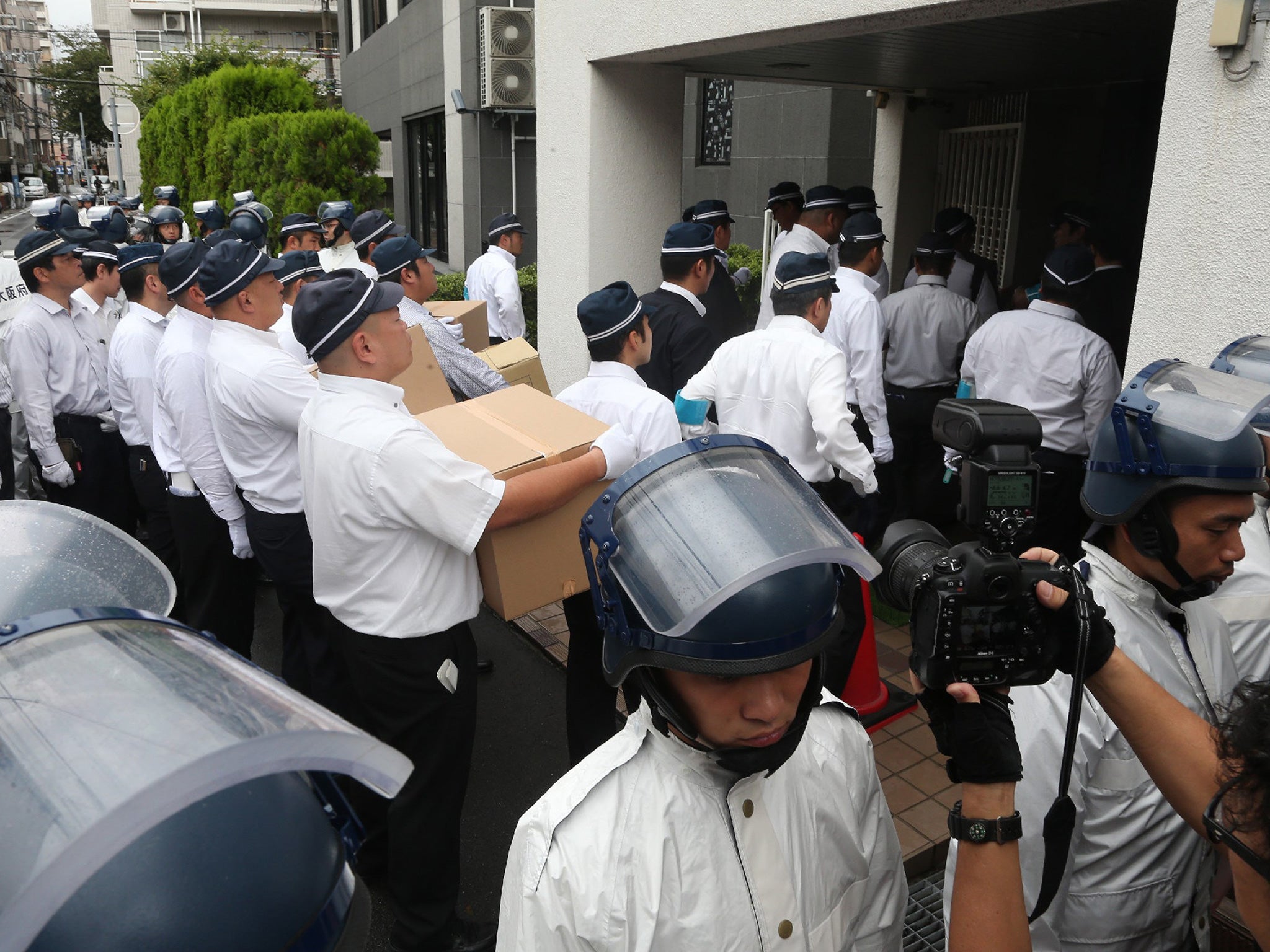
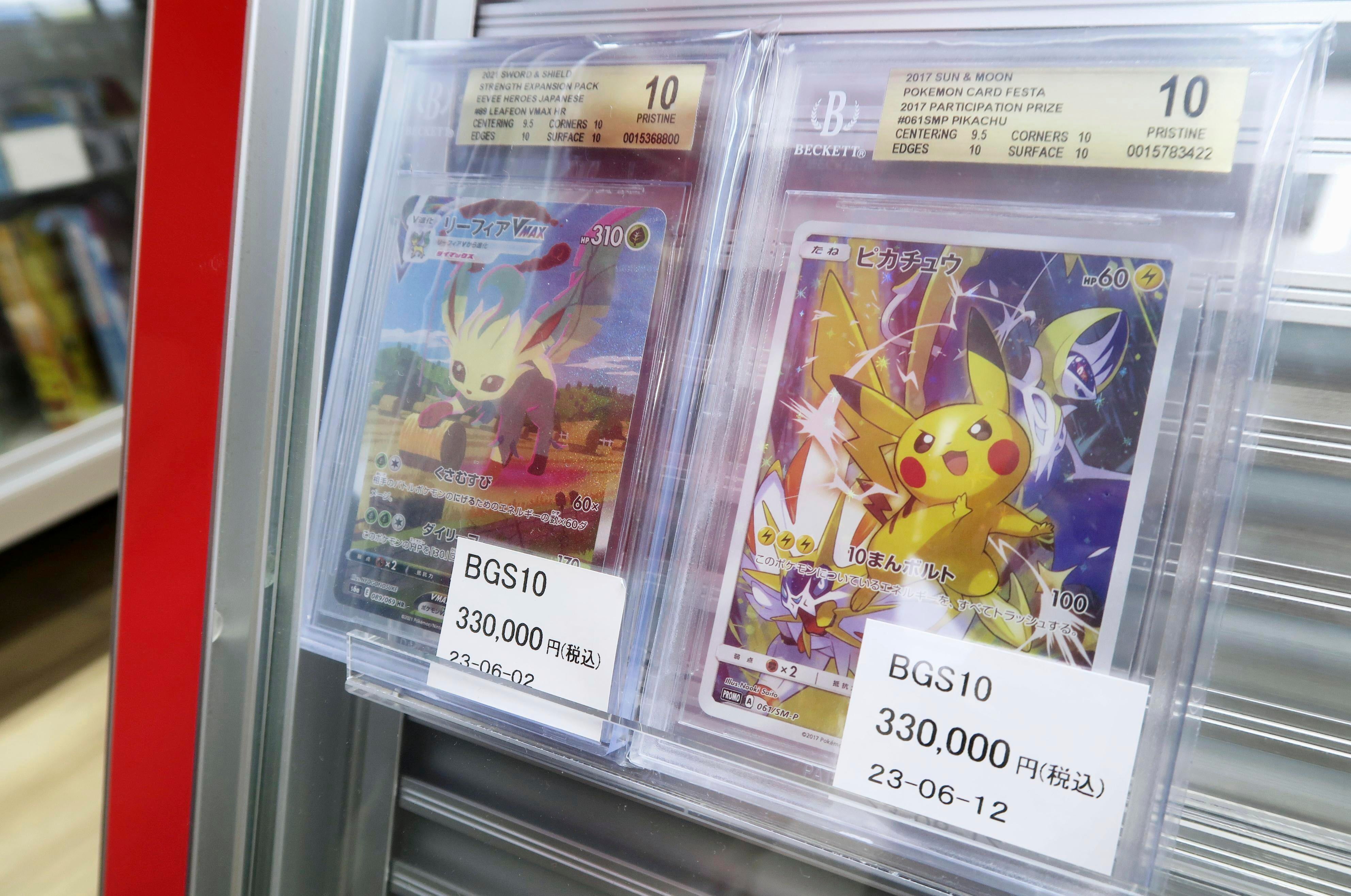
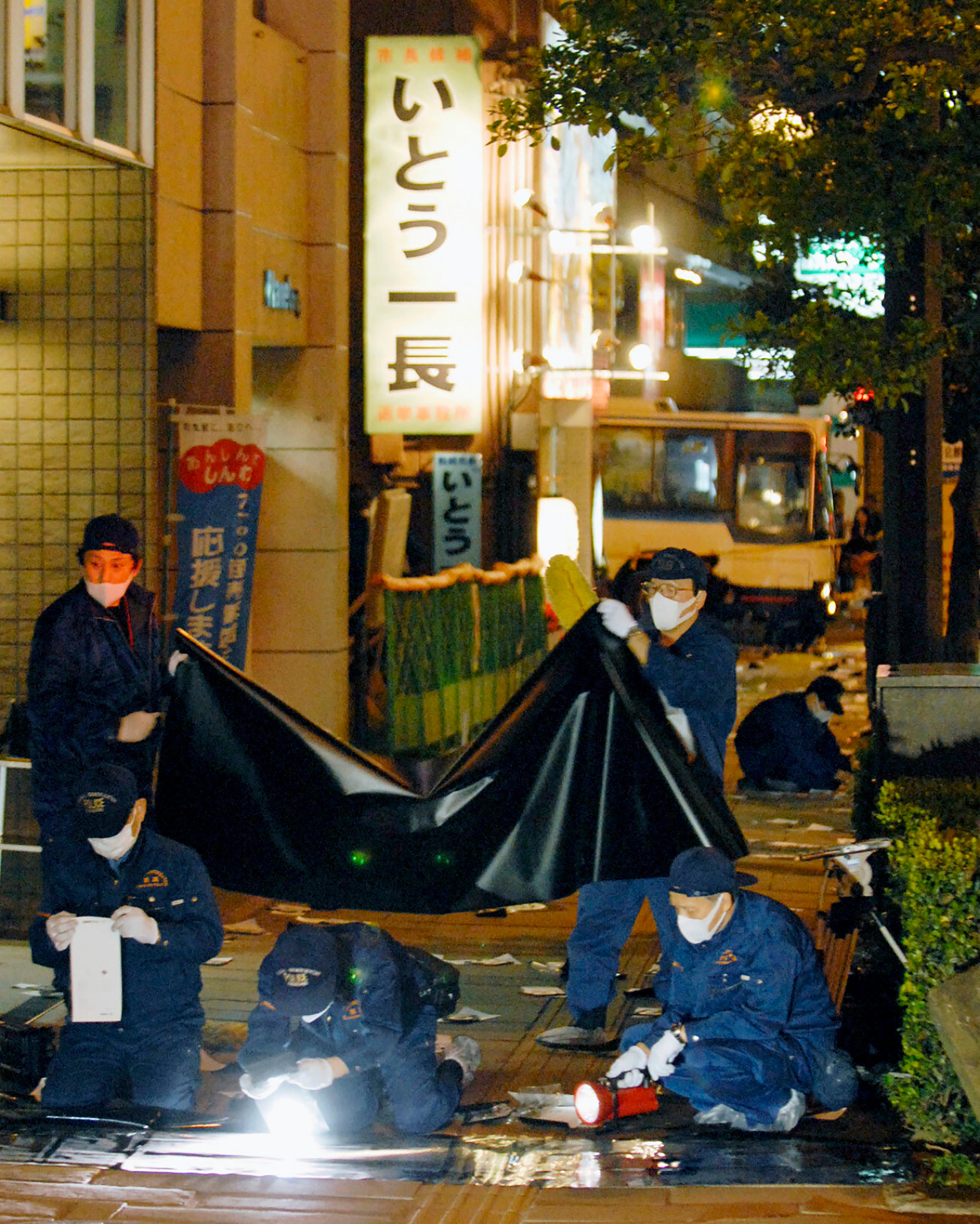



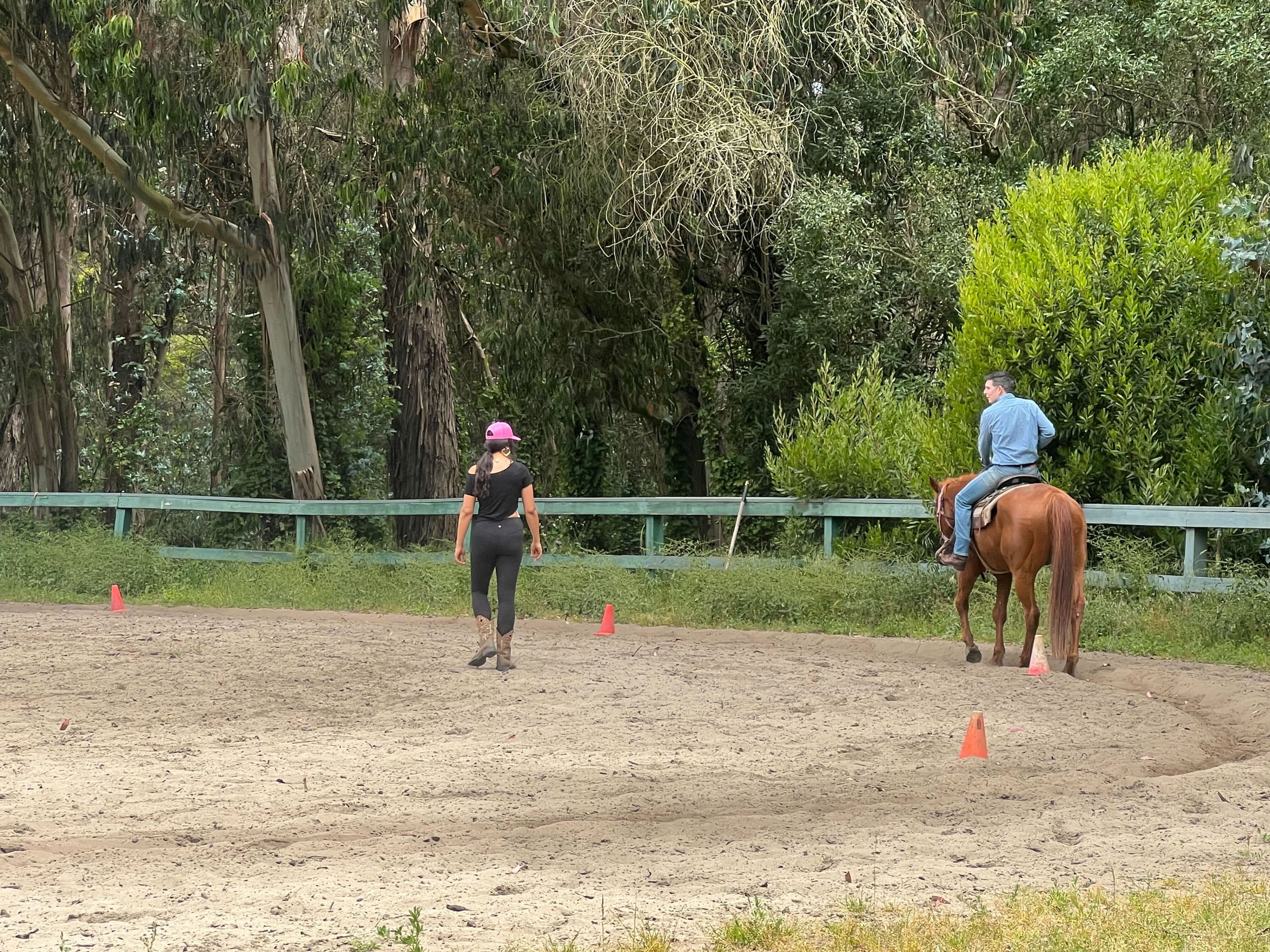



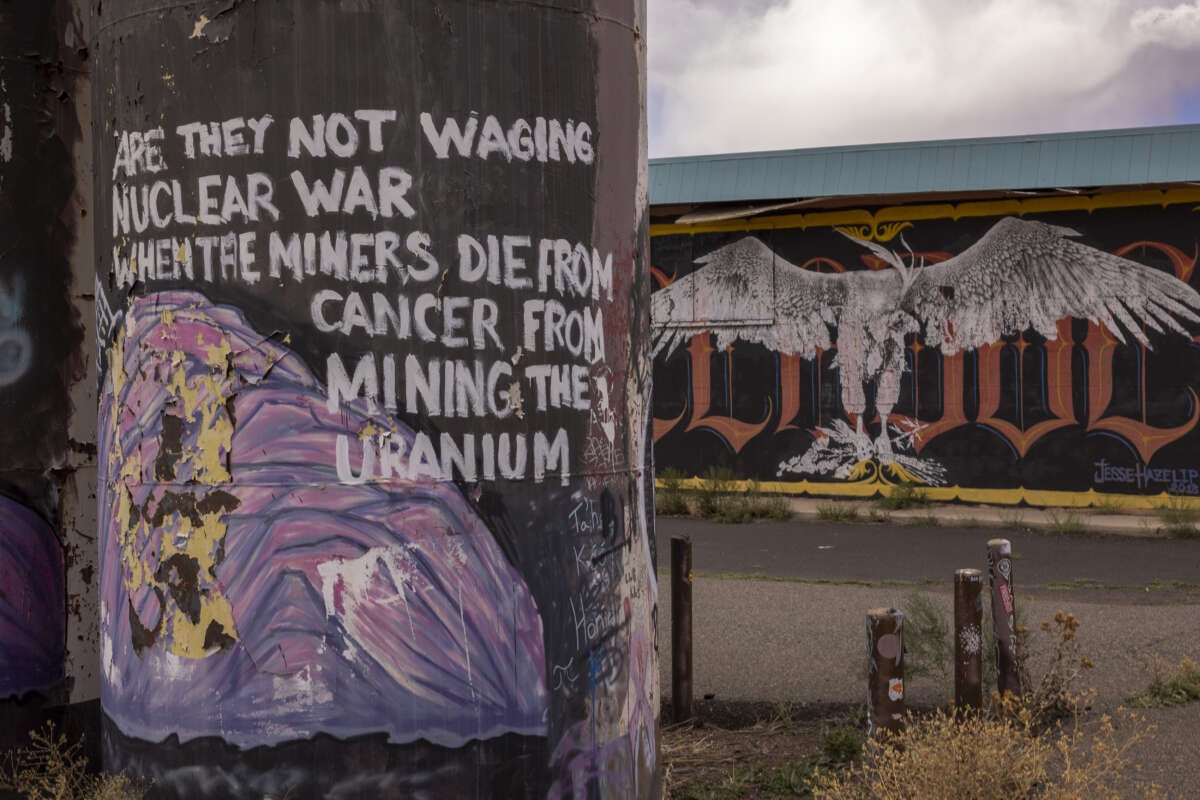
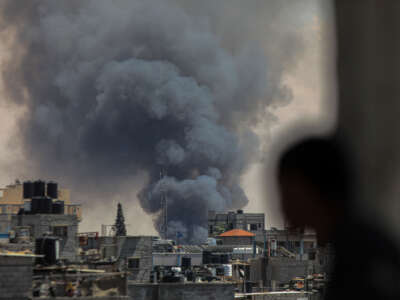

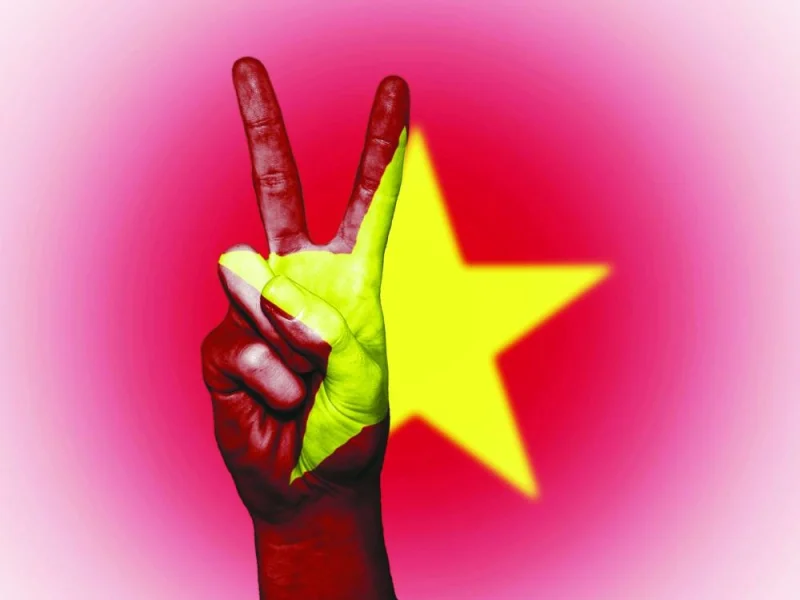

.jpg)